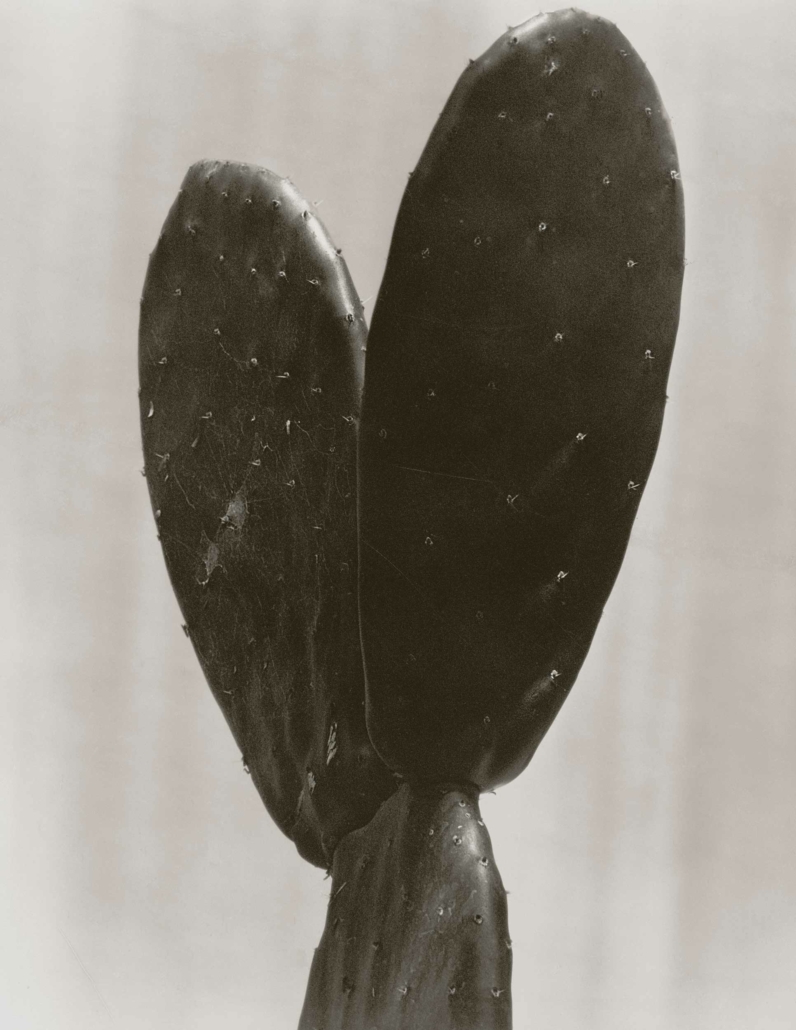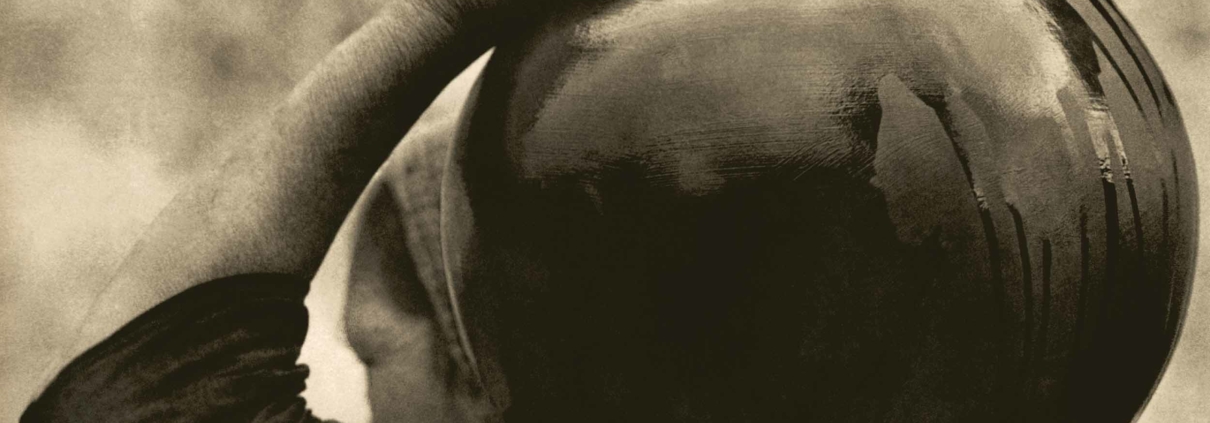Tina Modotti
The eye of the revolution
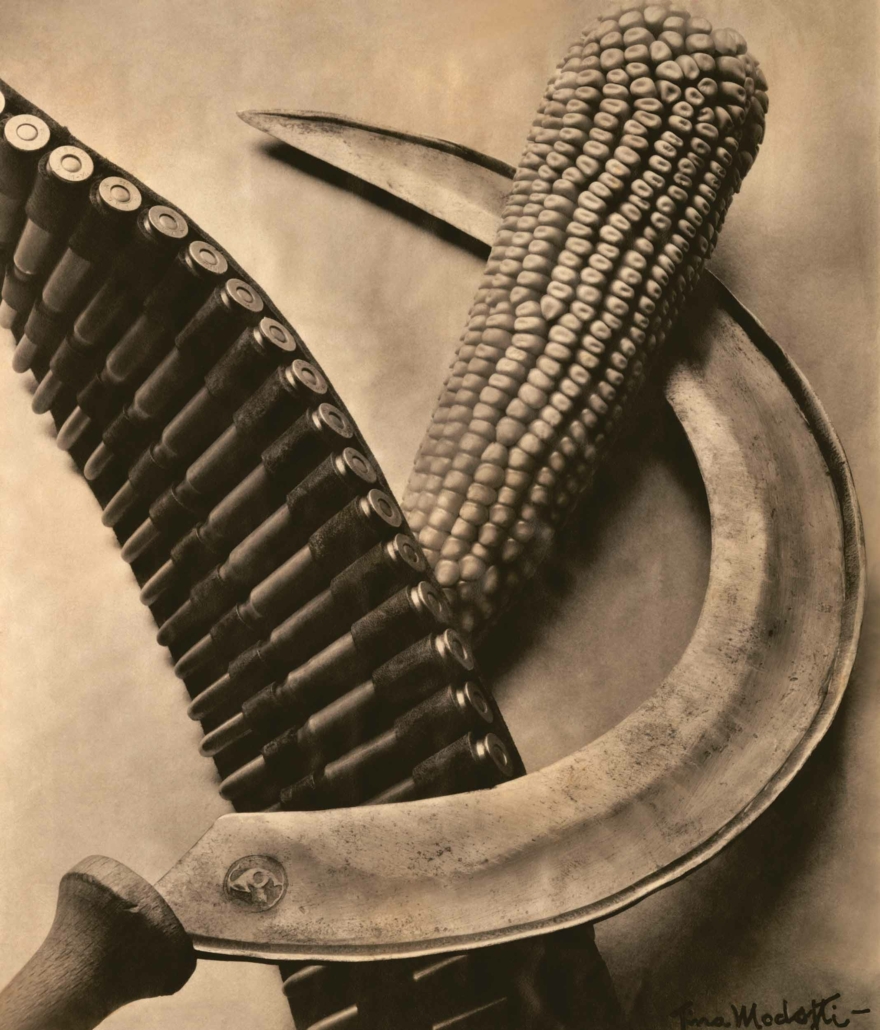
The life of Tina Modotti (Udine, Italy, 1896 – Mexico, 1942) was marked by some of the most important historical events of the first half of the 20th century: the economic emigration of Europeans to America, the birth silent cinema on the west coast of the United States, the post-revolutionary agrarian movements in Mexico, the rise of political muralism, the claim of indigenous Mexican culture, the emancipation of women in the public sphere, the opposition between Stalinists and Trotskyists after the Russian Revolution of 1917 and the Spanish Civil War.
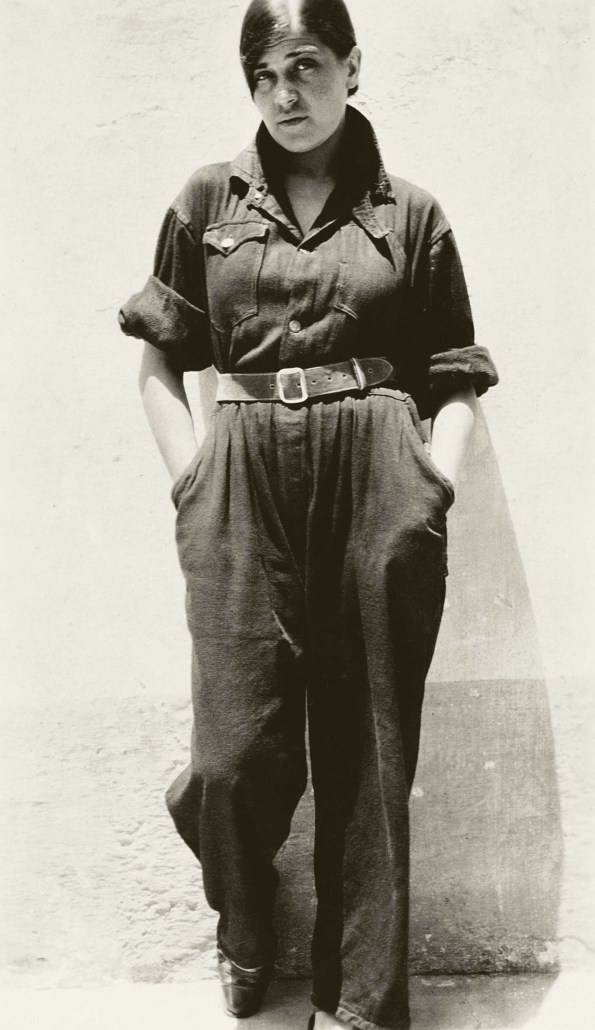
She is part of a generation of women who made a major contribution to photography in the 1920s and had a great influence on later Mexican photography, from Manuel Álvarez Bravo to Graciela Iturbide. Modotti was introduced to the practice of photography thanks to Edward Weston; However, his work, which develops a very personal vision, goes beyond the formalist teaching of the latter.
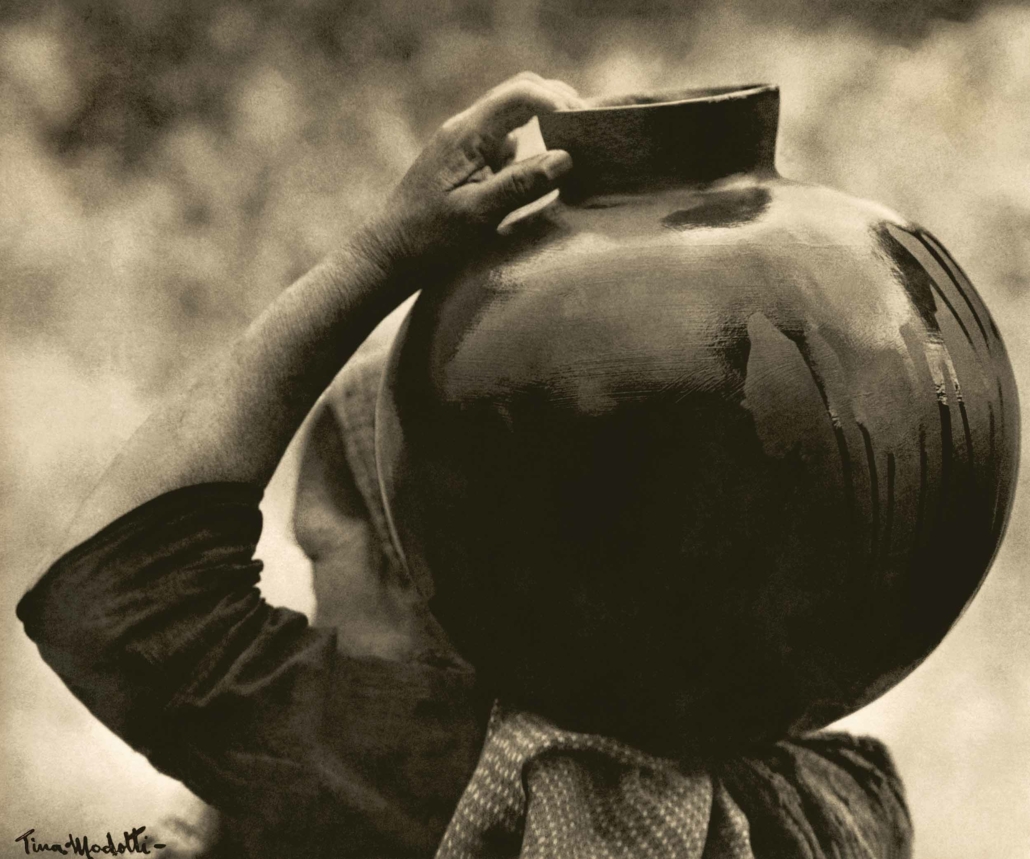
After her economic emigration from the Italian city of Udine to San Francisco and Los Angeles, Modotti left for Mexico, where she participated in the “Mexican renaissance” and the post-revolutionary cultural effervescence. Integrated into the circle of artists and muralists established there, she quickly combined “embodied photography” with Weston’s formalism. An activist in the Mexican Communist Party (PCM) since 1927, she denounced the condition of the poor with her camera, insisting in particular on the construction of a new imagination around Mexican women.
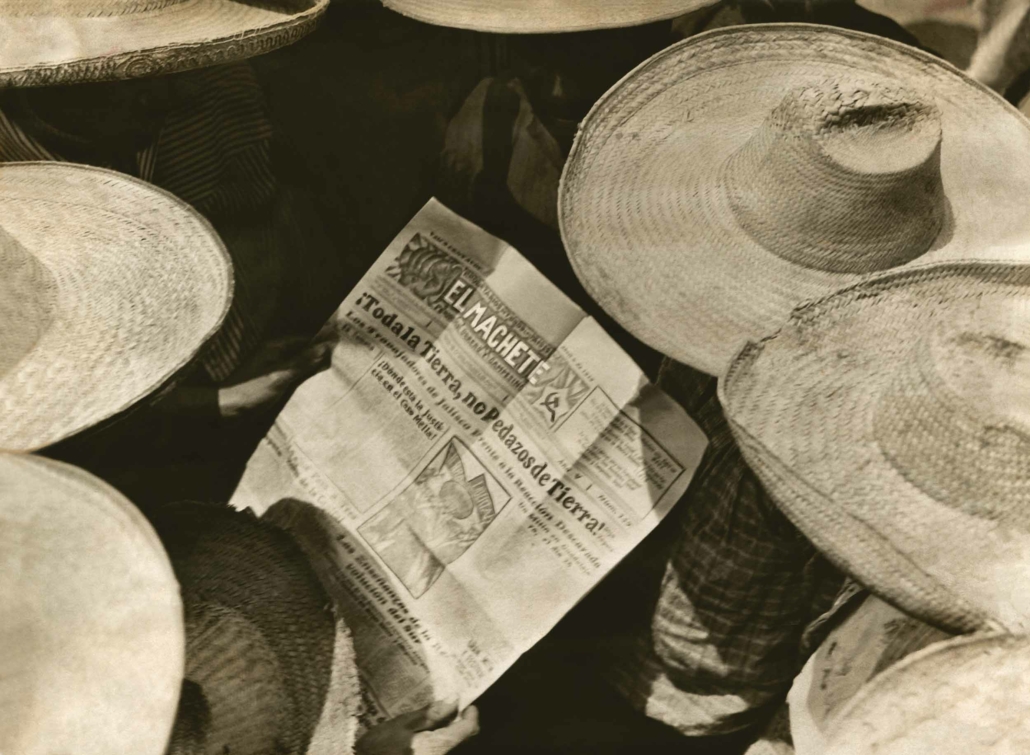
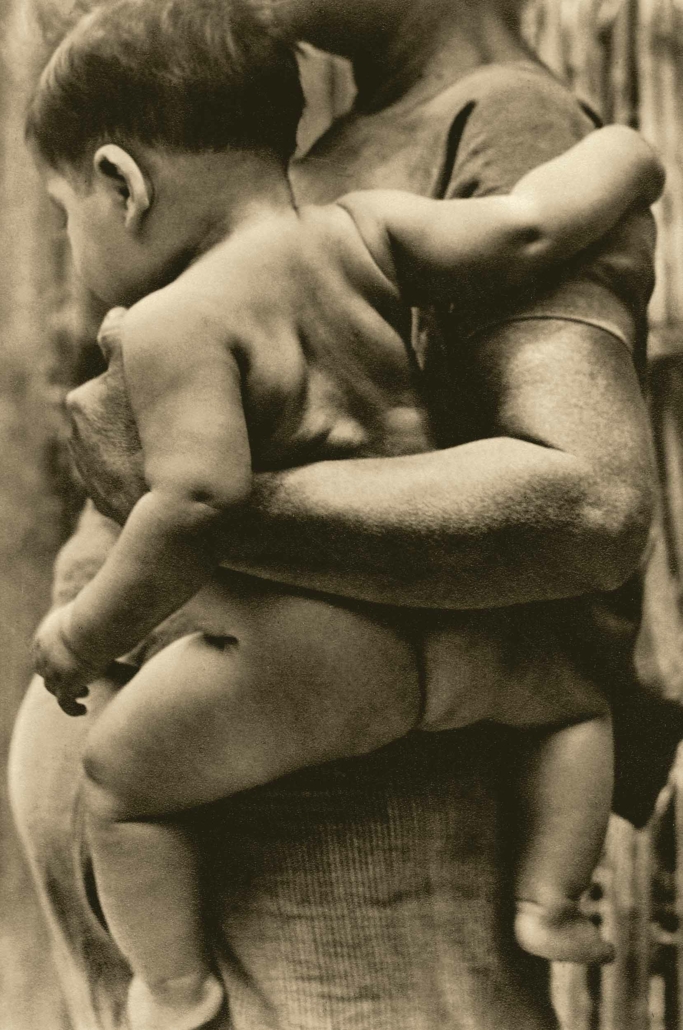
In 1930, Modotti was expelled from Mexico because of her communist commitment. She then lived for several years in the Soviet Union, where her photographic activism transformed into activism. In the mid-1930s, the Soviet Communist Party sent him to Spain. During the civil war, she organized the evacuation of “children of war”, coordinated the management of military hospitals and carried out missions relating to propaganda. Following the defeat of the Republicans in 1939, she crossed the Pyrenees alongside thousands of exiles. Exhausted and disillusioned by the outcome of the Spanish Civil War, she had to leave Europe again. She died in 1942 in Mexico City.
